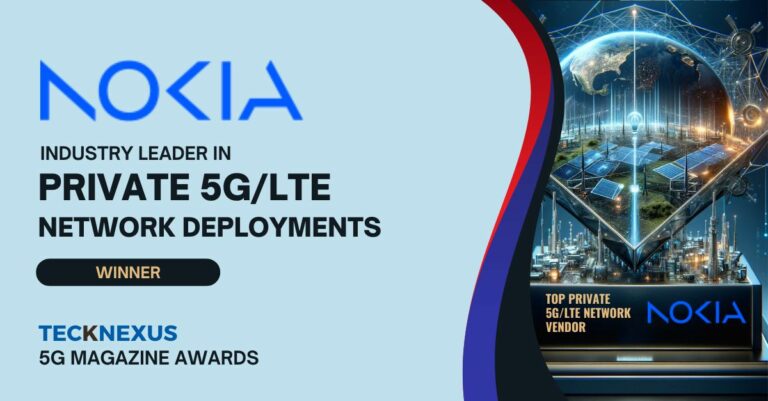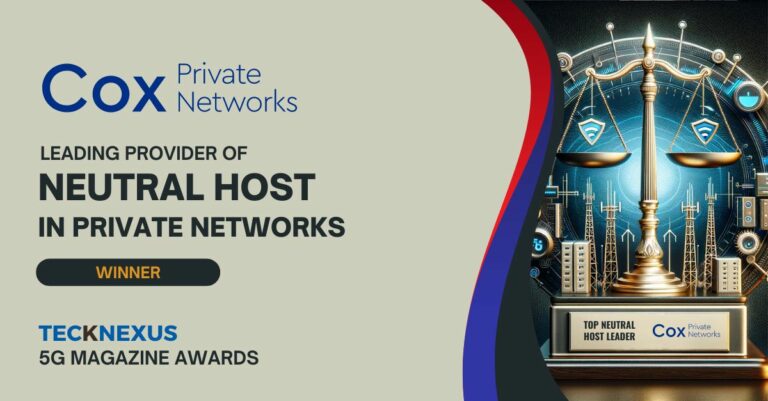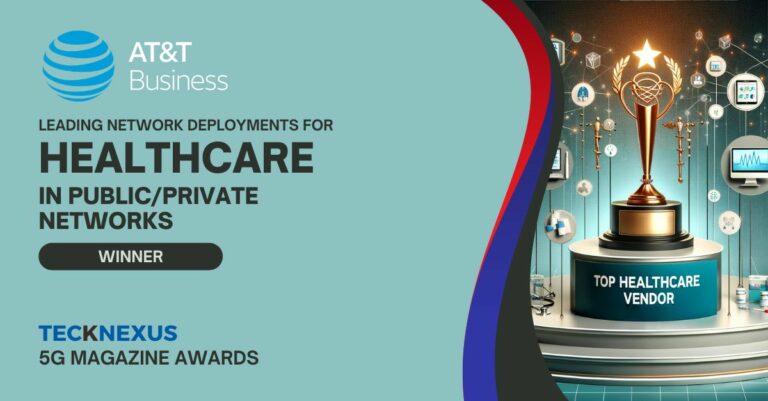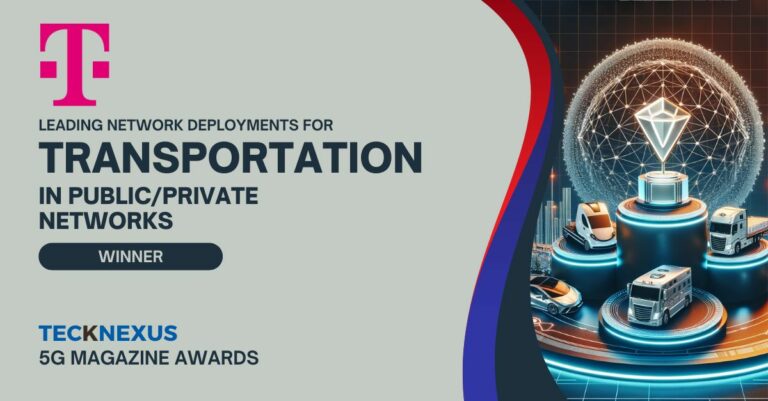Fully immersive AR/VR applications will require home broadband connection speeds of 200 to 5,000 Mbps. In addition to ultra-fast networks, AR/VR will need data centers located close to where the applications are being used.
Wireless providers are competing for home broadband
National wireless operators are making big gains in the home broadband market with their fixed wireless access offerings as they take market share from incumbent cable companies.
In Q2 2022, FWA providers claimed 100% of broadband net subscription additions. (FWA market share is calculated by comparing T-Mobile and Verizon’s FWA additions to Comcast, Charter and Altice fixed-line broadband additions.) That’s quite a jump from Q4 2021, when it was 43%.
T-Mobile already covers 30 million homes with FWA and is targeting second and third-tier markets where they typically have excess network capacity. Verizon plans to cover 30 million homes by 2023 and is focusing primarily on urban markets. Meanwhile, Charter Communications, Comcast, and Altice USA aren’t taking chances and have all launched wireless services via mobile virtual network operator (MVNO) models. They bundle their broadband service with smartphone plans and phones, a strategy that is paying off with subscriber growth.
Valuations soar for private broadband companies
The valuation gap between private communication companies and public cable companies is the widest we’ve ever seen. Based on recent transactions, valuations for private companies are more than two times higher than the average valuation for the main publicly traded cable companies. Several factors are driving this gap, including strong M&A interest from institutional investors.
Electric co-ops that have deployed broadband networks are well-positioned to enjoy similar valuations given their brand equity, strong balance sheets, and similarities to competitive fiber operators. Despite these tailwinds, as we enter 2023 with rising interest rates and recession warnings signs flashing red, it’s reasonable to assume some downward pressure on private valuations.




























































